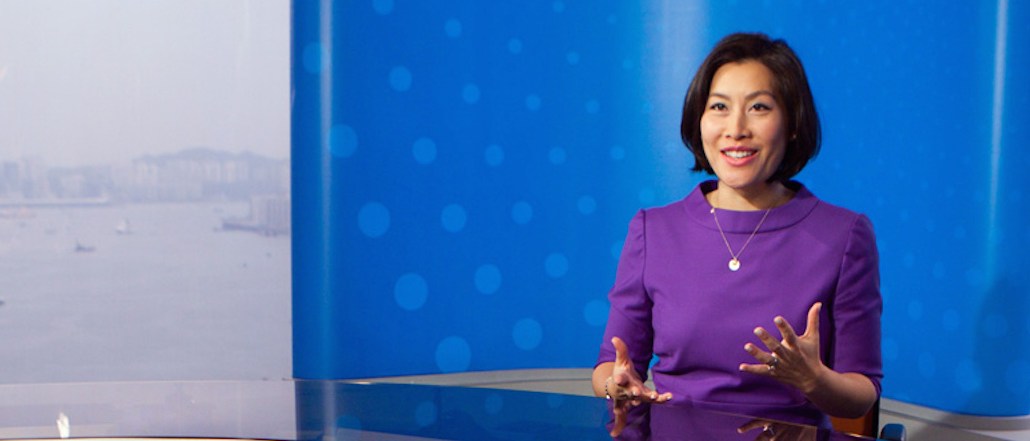Save 50% on a 3-month Digiday+ membership. Ends Dec 5.

Reuters in April polled 1,230 of its readers as part of an attempt to figure out its future strategy. The good news: People value quality news. The bad: They still don’t want to pay for it.
Although 81 percent of respondents said that a news brand is synonymous with trusted content, with nine out of 10 of them turning to a particular news brand to verify breaking news, two-thirds of them said they wouldn’t be willing to pay for any online content, regardless of quality.
“We have an incredible history as a news organization, going back 165 years. But we must answer some of the questions around what audiences want from news going forward, or we won’t have the same relevance in the next 165 years,” said Reuters commercial director, EMEA, Jeff Perkins in an interview.
Below are highlights from our chat with Perkins.
Millennials want trusted news sources.
“What’s encouraging is that people — including millennials — do want trusted, verified news sources. Our clients often ask us about social news organizations and where we fit in when there is a mine of information for news everywhere,” he said. “There is so much information now across so many platforms, but how do you know what you’re reading is true, verified and well sourced? What we feel we’ve proved here is that news organizations have a big role to play in the social media news space, because they do provide that.”
VR has piqued people’s interest.
Reuters readers were asked what technologies will most influence their future news consumption: Virtual reality was cited by 58 percent of respondents; wearable devices by 60 percent; artificial intelligence and robotics by 67 percent. Eighty percent said the internet of things would dictate how they received news, and 89 percent stated mobile app development in general. Unsurprisingly, the VR and AI responses were driven by the millennial respondents.
“We’re committed to the idea of innovating in news,” said Perkins. “Naturally, we’re curious about the future for things like VR and AI.”
Ad position: web_incontent_pos1
Like all new tech, the commercial case for VR is still unproven. But Perkins is confident the tech can be monetized. “We’re already in conversation with some of the bigger clients in that space, about how we can develop content with them and monetize it,” said Perkins. “When will we see tangible results from that? I’d say we’ll see the first signs by the end of this year,” he added.
The homepage isn’t dead yet.
Reuters still has confidence in the power of the homepage. The majority of respondents (85 percent) said they source their news via the websites and apps of specific publishers, while 32 percent said they look to social media as a source for news.
“We haven’t given up on the homepage. It’s the common wisdom that homepages are dead or dying, but we don’t believe that’s the case,” added Perkins.
Monetizing news social platforms.
Unsurprisingly, the millennials among the respondents consume more news via social media, with Facebook by far the most dominant source — used by just over half of them. Snapchat has some catching up to do among Reuters readers, with only 2 percent using it for news. LinkedIn was found to be the second-most popular platform, with 39 percent and Twitter with 33 percent.
Reuters already publishes content directly to Facebook via Instant Articles and is present on Apple News, but it’s not gone all-in on any of the platforms. Perkins is in the more skeptical camp when it comes to what the platforms can offer, and how publishers can make money from putting their content there.
Ad position: web_incontent_pos2
“The challenge for us now will be to take these results back into the business and speak to people in product and editorial teams, so we can then decide and understand what our future road map looks like and whether we need to adapt our strategy,” said Perkins.
More in Media

What publishers are wishing for this holiday season: End AI scraping and determine AI-powered audience value
Publishers want a fair, structured, regulated AI environment and they also want to define what the next decade of audience metrics looks like.

Digiday+ Research Subscription Index 2025: Subscription strategies from Bloomberg, The New York Times, Vox and others
Digiday’s third annual Subscription Index examines and measures publishers’ subscription strategies to identify common approaches and key tactics among Bloomberg, The New York Times, Vox and others.

From lawsuits to lobbying: How publishers are fighting AI
We may be closing out 2025, but publishers aren’t retreating from the battle of AI search — some are escalating it, and they expect the fight to stretch deep into 2026.
Ad position: web_bfu